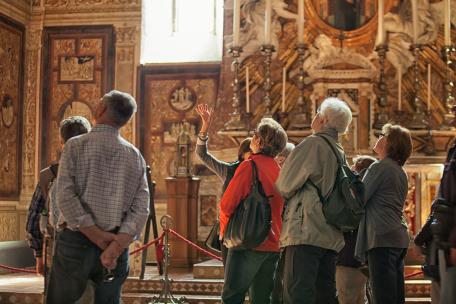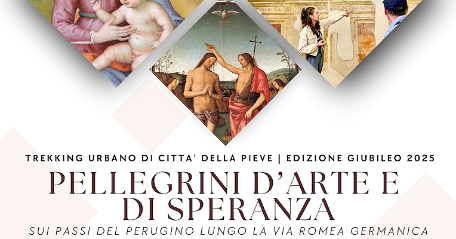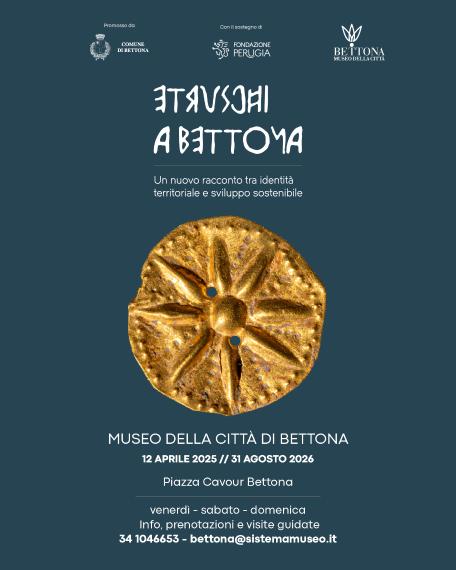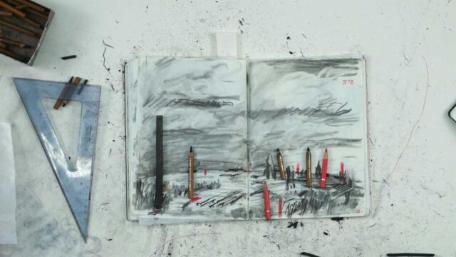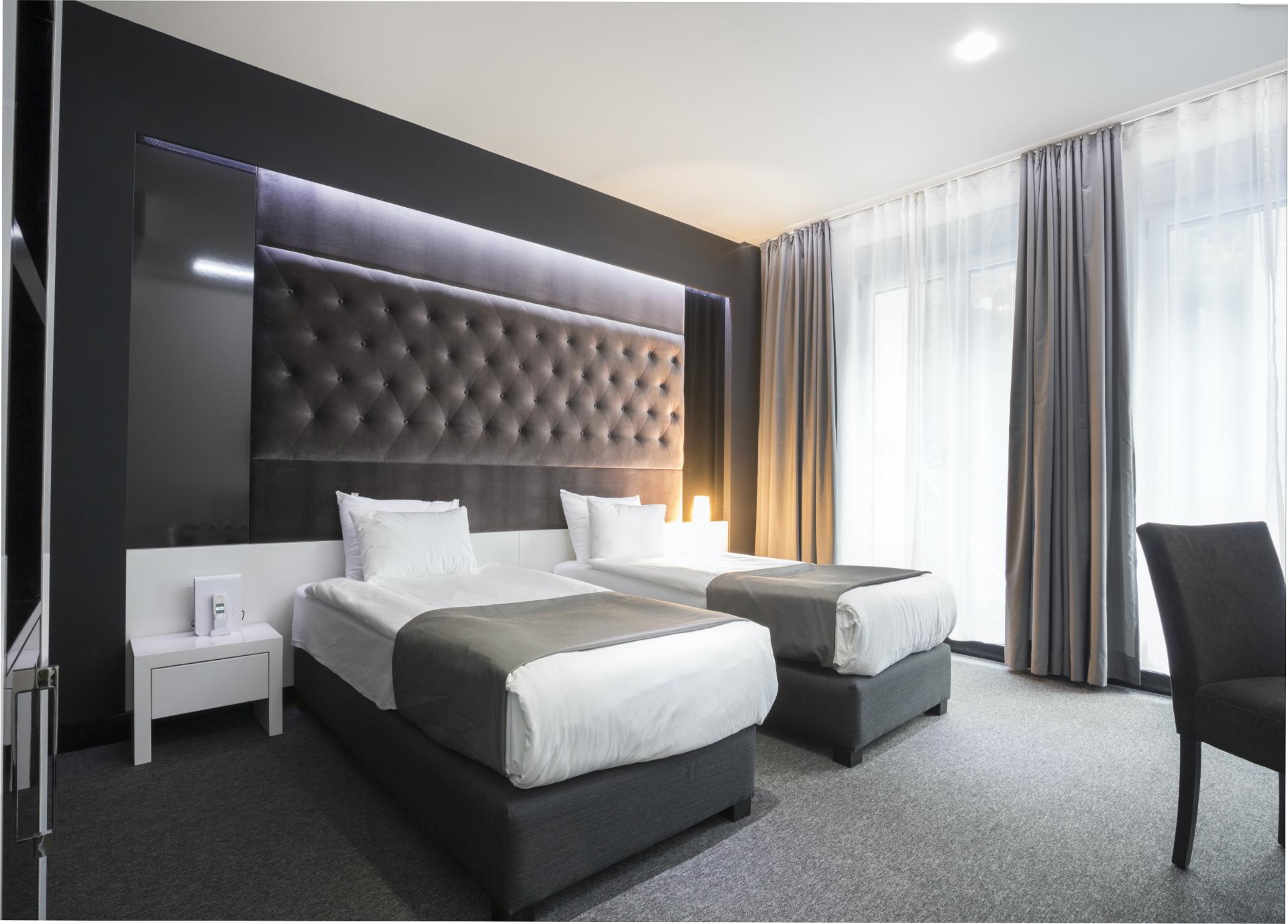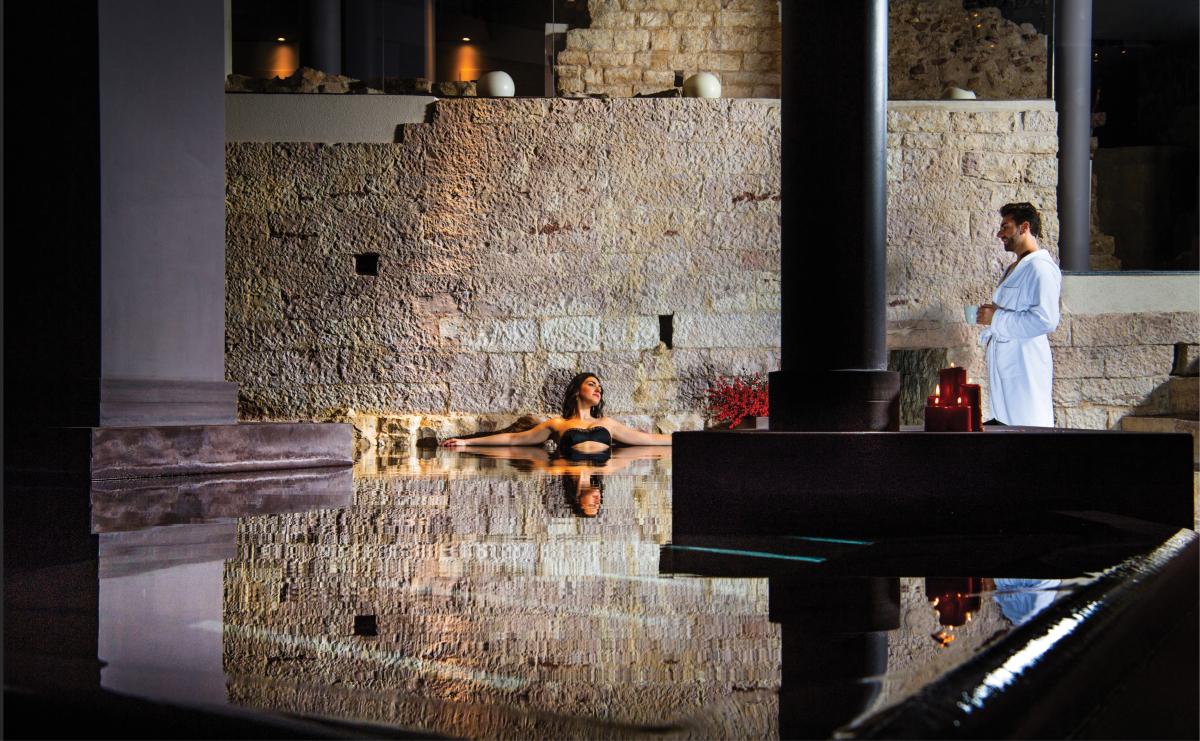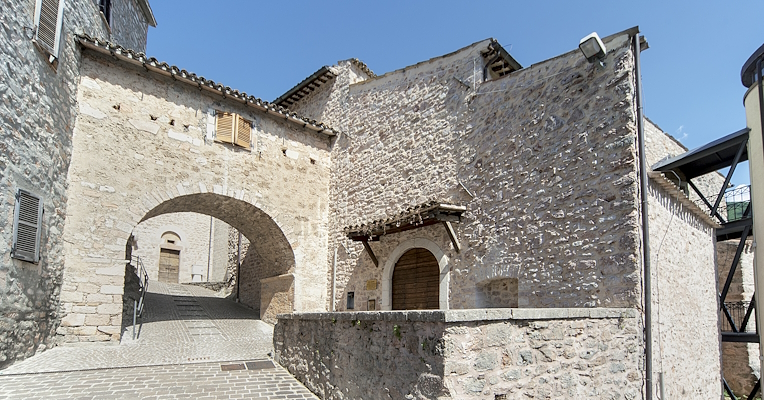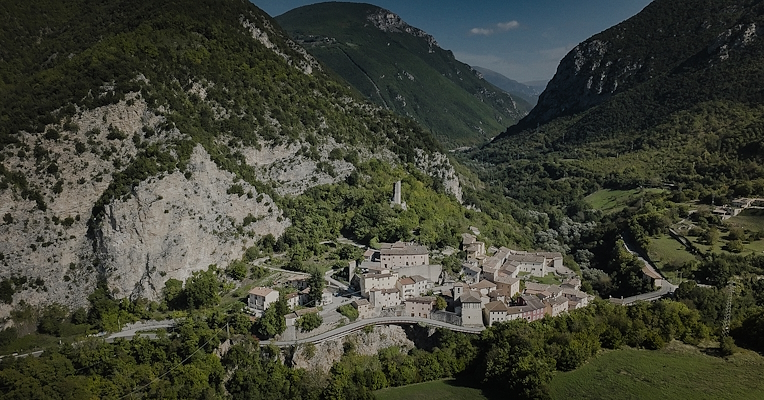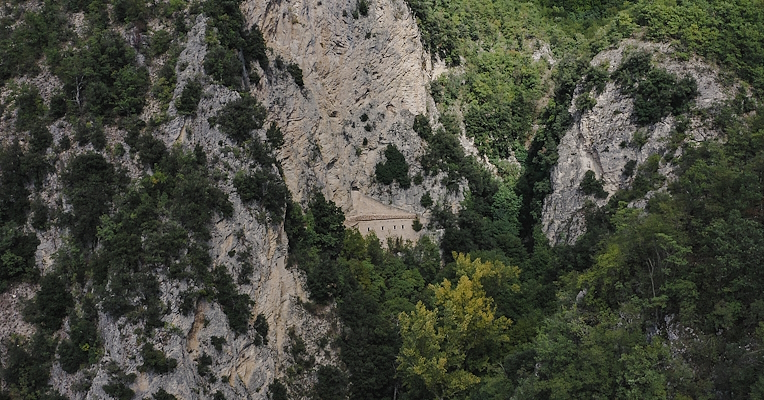Cerreto di Spoleto is a charming Umbrian village nestled in the heart of the Valnerina, enjoying a panoramic location between the valleys of the Vigi and Nera rivers.
Its name recalls the majestic oak forests (cerri) that surround it, making it an ideal destination for peaceful walks in nature and scenic trails on foot, by bike, or on horseback.
Historical Background: From the Lombards to Medieval Disputes
Before the construction of the Cerreto castle, the municipal territory fell within one of the Lombard gastaldates, Pontano.
According to tradition, the castle was founded around 800 AD by the Franks following Charlemagne, to counter the nearby Lombard stronghold of Ponte. However, it wasn’t until the 13th century that documented evidence of Cerreto as a fortified castle appears. Today, the remains of the tall tower’s fortifications can still be admired, perched on a rocky spur overlooking the Vigi and Nera valleys. Thanks to its strategic location, Cerreto was long disputed between Spoleto and Norcia.
During the Middle Ages, Cerreto experienced its golden age, despite frequent attacks by neighboring towns. In 1446, after long disputes between the Papal State and the Holy Roman Empire, it became permanently part of the Papal States.
The 18th century marked a period of decline for the town, worsened by frequent earthquakes such as the devastating one of 1703, which led to depopulation. At the end of the century, with the French occupation, Cerreto became part of the Napoleon’s rule, which extended over all of Umbria in 1808, only to return under the Papal State in 1814.
Fun Fact: You're such a charlatan!
Cerreto di Spoleto is known as the “Town of the Charlatans”, a nickname that originates from the reputation of its former residents, renowned as being skilled healers and street vendors of miraculous ointments.
The word “charlatan”, now synonymous with a crafty deceiver, comes from the combination of “ciarla” (chatter) and “cerretano” (someone from Cerreto). This curious reputation dates back to the 13th century: after being defeated by Spoleto, the Cerretani were forbidden from practicing many traditional trades, and the Church granted them permission to collect alms for religious institutions.
Starting as itinerant alms collectors on a charitable mission, they soon began engaging in more deceptive activities, like selling fake indulgences or questionable medicinal remedies, often paired with street performances to draw a crowd. Thus, the “charlatans” from Cerreto spread across Europe’s town squares, dazzling audiences with theatrical tricks and persuasive tales as they attempted to sell their “miracle” cures.
Cerreto still celebrates the figure of the Charlatan today, with a dedicated Ecomuseum exhibit and a festival that revives their tales, keeping alive the memory of this fascinating and peculiar tradition.
Cerreto di Spoleto: Buildings between the sacred and the profane
In the historic centre, which still preserves stretches of medieval walls and the civic tower, visitors can admire several religious buildings:
- Church of Santa Maria Annunziata: A single-nave building featuring a stone portal from 1592. Inside are a 16th-century octagonal baptismal font and the painting Madonna of the Rosary, created in 1583 by Felice Damiani.
- Church of Santa Maria Delibera: A Renaissance structure built against the tower of the town walls, which became its apse. It comprises two superimposed sacred spaces, with valuable frescoes from the Umbrian-Marche school (15th–16th centuries). The name derives from an image of the Madonna Liberatrice, which became known colloquially as the “Madonna de Libera.”
- Former Monastery of San Giacomo: A fortified complex founded in the 13th century and expanded in the 15th. It houses many frescoes and paintings by Umbrian artists from the 14th to 16th centuries. The building still retains parts of the monastic complex like the courtyard, well, cellar, oratory, and dormitory. It is now home to the Municipal Historical Archive and CEDRAV (Centre for Anthropological Research and Documentation in Valnerina).
- Former Church of San Nicola: Dating back to the 13th century, only the perimeter walls remain. The nave and transept have been transformed into an extraordinary open-air theatre space, while the space below houses the Charlatan Museum.
- Church of Santa Maria di Costantinopoli: Built between the 16th and 17th centuries in the hamlet of Colle Soglio, this church and its adjoining former convent stand in a panoramic position over the valley. The church features an overhanging “trasanna”-style portico and is topped by a tall bell gable set back on the left side. It is currently under restoration.
- Sanctuary of Madonna della Stella: The current name of the former hermitage of Santa Croce, built in 1308 by Augustinian monks near the older Benedictine monastery of San Benedetto in Faucibus. The original site dates back to the 8th century and fell under the Abbey of Farfa and later under San Pietro in Valle. The complex was abandoned in 1652 but restored in the 1800s after miraculous events, when it acquired its current name. It is currently not accessible.
Ponte: From Lombard Stronghold to the Realm of the Legendary Queen Ponzia
The hamlet of Ponte, named after a likely ancient Roman bridge, was once an important Lombard stronghold and centre of the gastaldato established under Duke Alboin in 757.
From the 8th century onward, Ponte began controlling a vast territory that included the valleys of the Nera and Corno, encompassing towns such as Cascia, Norcia, and Poggiodomo.
Though absorbed by rival Cerreto in the 13th century, Ponte retained its importance until the 14th century, partly due to the church of Santa Maria Assunta, probably built in 1201 over an earlier Lombard church. Many local churches fell under its authority.
Of the original medieval castle, only one entrance gate and remains of defensive structures, like the fortress on the hilltop, survive. The old town hall still bears the coat of arms of Ponte on its portal, also adopted by the Pontano family, from whom the poet and humanist Giovanni Pontano (1429–1503)—who was born in Cerreto and spent most of his life at the Aragonese court in Naples—descended.
Ponte is at the center of many legends, such as that of Queen Ponzia, owner of a legendary treasure: a hen that laid golden eggs. Living in the mid-15th century, she courageously defended the Guelph identity of the castle against the Aragonese forces allied with rival Cerreto.
A Stop in Borgo Cerreto, the Village by the Nera River
At the confluence of the Vigi and Nera rivers lies the hamlet of Borgo Cerreto, developed in the 15th century around religious buildings occupied by Benedictine communities. In the 10th century, they founded the monasteries of San Paterniano and San Basso as a fortified outpost to defend Cerreto from Ponte.
Modern roads have divided the urban layout into two parts, but some features of its original layout remain, including sections of the old walls and one of the four access gates. The former watchtower has become the bell tower of the Church of San Paterniano, of Romanesque origin—the only surviving structure from the ancient Benedictine complex.
Notable buildings include the Church of San Lorenzo, a significant Franciscan site built in Gothic style in the 13th century near the Nera River bridge and the Former Church of Saints Mary and Jesus, dating to the 17th century. This structure, once belonging to the Vincenzi family along with a private residence and hospital (now lost), now houses the “Baronio Vincenzi” Documentation Centre, a scientific and cultural hub dedicated to the life and work of the physician and surgeon who lived in Cerreto di Spoleto from the late 16th to early 17th century.
A Wellness Break: The Thermal Baths of Triponzo
The sulfur-rich waters near Triponzo have been known since Roman times and are even mentioned in Virgil’s Aeneid. By 1488, the baths were already operational, donated by the Bishop of Norcia Bucchi-Accica to the Municipality of Cerreto.
The Ancient Baths of Triponzo, an ideal spot for relaxation and wellness, remain the only thermal baths in Umbria fed by sulfurous water, which flows year-round at 30°C and is renowned for its therapeutic properties.










